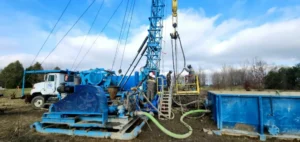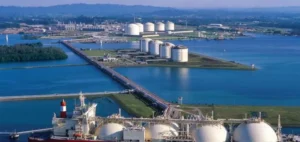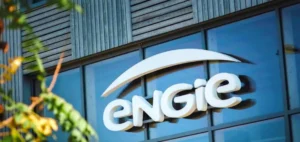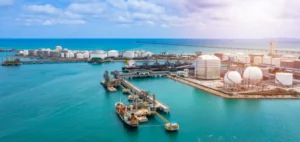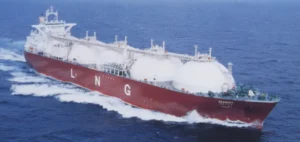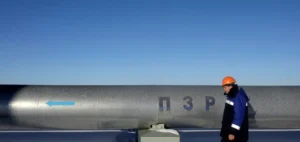CNOOC Limited, a major player in energy exploration, announces a significant breakthrough with the validation of over 100 billion cubic meters of confirmed gas at Lingshui 36-1.
The field, located in the Qiongdongnan Basin, is the world’s first ultra-shallow gas field in ultra-deep waters, marking a milestone in subsea exploration.
The Lingshui 36-1 gas field lies at an average water depth of around 1,500 meters, with a burial depth of 210 meters.
Tests reveal a daily production capacity of over 10 million cubic meters of natural gas.
This discovery opens up new prospects for the exploration of deepwater resources, previously untapped due to technical challenges.
Strategy and technological innovation
CNOOC Limited has been exploring oil and gas resources in the South China Sea for decades.
Several large gas fields have been discovered there, including Dongfang 1-1, Liwan 3-1, Lingshui 17-2, and Baodao 21-1.
With the discovery of Lingshui 36-1, the region now totals over one trillion cubic meters of proven gas, consolidating the South China Sea as a key area for energy supply.
Xu Changgui, Chief Geologist of CNOOC Limited, highlights the importance of ultra-shallow deepwater gas reservoirs and the technical challenges they pose.
CNOOC is innovating with new exploration concepts and advanced technological approaches to overcome these obstacles.
This success illustrates the company’s commitment to the exploration of new gas resource areas.
Future prospects and environmental commitment
Zhou Xinhuai, CEO of CNOOC Limited, says that this new ultra-deep gas field represents an essential component of the trillion cubic meters of gas region in the South China Sea.
This success reflects the progress made by CNOOC Limited over the last 40 years.
The company is committed to further expanding its resource base, contributing to a stable supply of clean energy and low-carbon economic development.
CNOOC positions itself as a leader in the energy sector, combining technological discovery with environmental responsibility.
The discovery of Lingshui 36-1 marks a turning point in the industry, paving the way for further deepwater exploration while meeting the growing need for clean energy.


